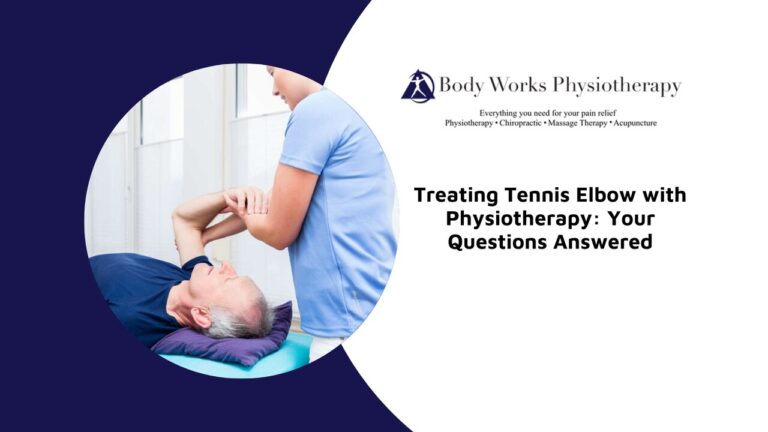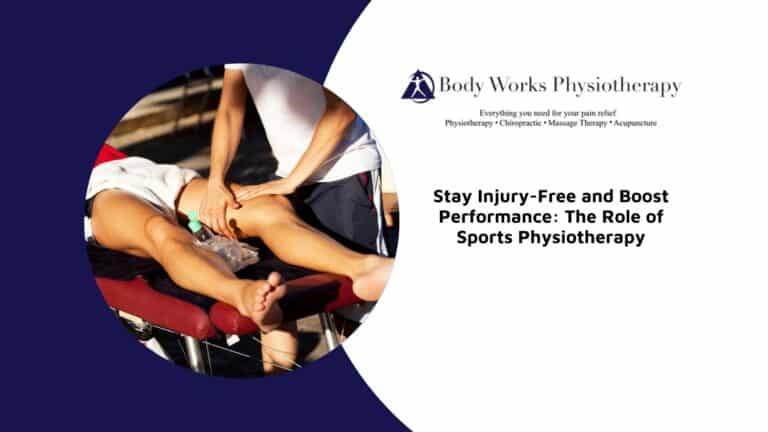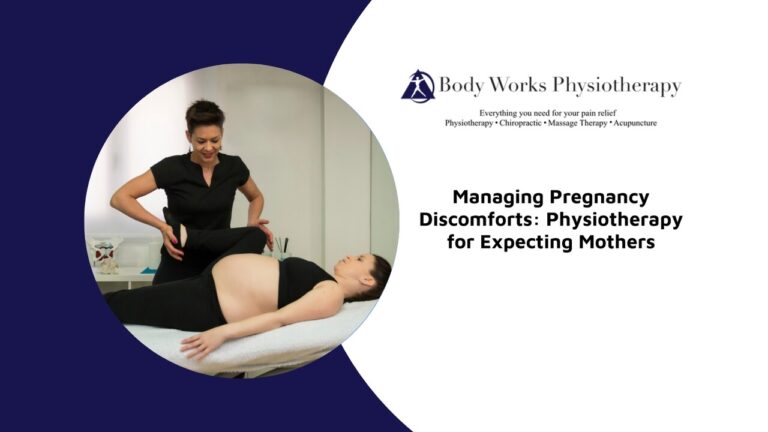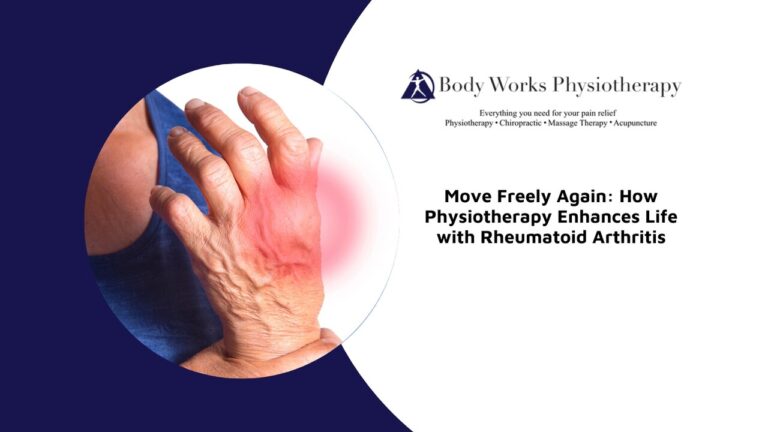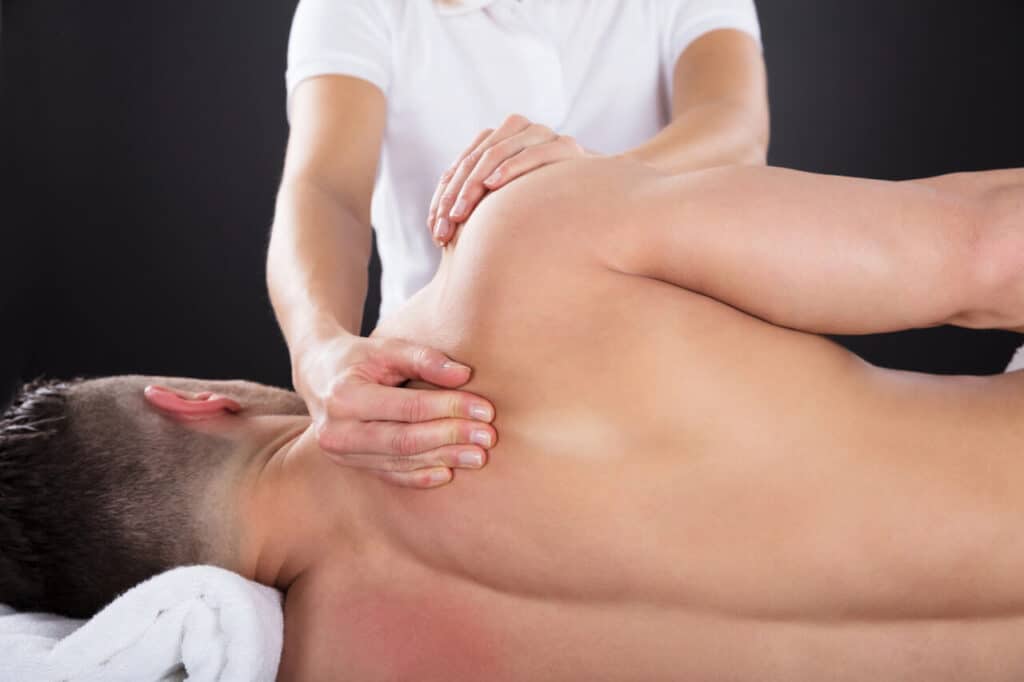
Dealing with shoulder pain and rotator cuff injuries can be incredibly challenging, especially when they affect your daily activities and overall quality of life. In this comprehensive guide, we explore the benefits of physiotherapy for rotator cuff injuries and provide practical insights into exercises and treatments to help you regain your shoulder strength and flexibility.
The Role of Physiotherapy in Treating Rotator Cuff Issues
Physiotherapy is a highly effective treatment option for rotator cuff issues. Here’s a closer look at how it works:
- Benefits: Physiotherapy for rotator cuff injuries focuses on improving shoulder joint stability, increasing range of motion, and strengthening the rotator cuff muscles. For those suffering from rotator cuff tears or frozen shoulder, physiotherapy is often the first line of treatment to restore shoulder mobility and alleviate shoulder pain.
- Physiotherapy Techniques: Techniques used in physiotherapy include targeted rotator cuff exercises, gentle stretches, and manual therapy to address pain and improve scapular motion. Additionally, physiotherapists may use modalities like shockwave therapy for pain relief, and bracing to provide stability as the rotator cuff heals.
- Client Education: Physiotherapists can also provide guidance on proper overhead motions and suggest using tools like an elastic stretch band for range of motion exercises. Recommendations for lifestyle changes and ergonomic adjustments also play a crucial role in physiotherapy.
Recommended Exercises for Rotator Cuff Pain
Effective exercises for managing rotator cuff pain focus on strengthening the rotator cuff muscles, improving range of motion, and supporting overall shoulder health. Some beneficial exercises include:
- External Rotation Exercise: Strengthens the rotator cuff muscles responsible for external rotation of the shoulder. To perform this exercise, stand with your elbow bent at a 90-degree angle and hold a resistance band or lightweight dumbbell. Keep your elbow close to your body and rotate your forearm outward, away from your torso. Slowly return to the starting position and repeat.
- Internal Rotation Exercise: Targets the muscles involved in internal rotation, crucial for balanced shoulder function. To perform this exercise, stand with your elbow bent at a 90-degree angle, holding a resistance band or lightweight dumbbell. Keep your elbow close to your body and rotate your forearm inward, toward your torso. Slowly return to the starting position and repeat.
- Crossover Arm Stretch: A gentle stretch that helps increase shoulder joint flexibility and alleviate tightness. To perform this stretch, stand or sit up straight and bring one arm across your chest. Use your opposite hand to gently pull the stretching arm closer to your body, feeling the stretch in your shoulder and upper back. Hold for 20-30 seconds and repeat on the other side.
- Scapular Retraction Exercise: Improves scapular motion and supports shoulder stability. To perform this exercise, stand or sit with your back straight. Squeeze your shoulder blades together as if you are trying to hold a pencil between them. Hold this position for a few seconds, then release and repeat.
- Elastic Stretch Band Exercises: Great for performing a variety of range of motion and strengthening exercises. One effective exercise is the shoulder press. Stand on the band with your feet shoulder-width apart, holding the ends of the band in each hand. With your elbows bent and hands at shoulder level, press upward until your arms are fully extended, then slowly lower back to the starting position.
- Pendulum Swings: Promotes gentle movement and helps maintain shoulder mobility. To perform pendulum swings, lean forward slightly and support yourself with one hand on a stable surface. Let your other arm hang down, then gently swing it forward and backward, side to side, and in small circles. Repeat the movements for a minute or two, then switch arms.
Incorporating these rotator cuff exercises into your routine can help manage pain and prevent further shoulder injuries.
Massage for the Rotator Cuff: What to Know
Massage therapy can be very beneficial for rotator cuff pain. Massage techniques can help relieve muscle tension, improve circulation, and reduce inflammation in the rotator cuff muscles.
A skilled massage therapist might use techniques like deep tissue massage or trigger point therapy to target areas of discomfort and improve shoulder joint function. Additionally, massage can complement other treatments such as physiotherapy and range of motion exercises, aiding in recovery from rotator cuff injuries and addressing issues like frozen shoulder.
Warning Signs of a Rotator Cuff Tear
Recognizing the warning signs of a rotator cuff tear is crucial for early intervention and effective treatment. Common symptoms include:
- Persistent Shoulder Pain: Ongoing discomfort, especially during overhead motions. This pain is often sharp and can be felt on the front and side of the shoulder. It may worsen when lifting or lowering the arm.
- Weakness in the Shoulder: Difficulty lifting objects or performing tasks that require shoulder strength. This weakness can make it challenging to perform everyday activities, such as reaching for items on a shelf or carrying groceries.
- Limited Range of Motion: Trouble moving the shoulder through its full range of motion. You may find it difficult to lift your arm, rotate it, or reach behind your back. This limitation can impact your ability to perform tasks that involve shoulder movement.
- Pain at Night: Discomfort that disrupts sleep, often worsened by lying on the affected side. Nighttime pain is a common sign of a rotator cuff tear and can significantly affect your sleep quality, leading to fatigue and decreased quality of life.
- Clicking or Popping Sensations: Unusual sounds during shoulder movements. These sensations can occur when moving the shoulder, indicating possible damage or instability in the rotator cuff.
If you experience these symptoms, it’s important to seek professional advice to determine if a rotator cuff tear is present and to explore appropriate treatment options.
First-Line Treatments for a Rotator Cuff Injury
The first-line treatment for a rotator cuff injury typically includes a combination of RICE (rest, ice, compression, and elevation), and activity modification to support recovery. Here’s a closer look at the RICE protocol and other at-home treatments that can be implemented:
- Rest: Resting the affected shoulder is crucial to prevent further injury. Avoid activities that exacerbate pain or strain the rotator cuff muscles. This allows the tissues to begin healing and reduces the risk of worsening the injury.
- Ice: Applying ice to the injured area helps to reduce inflammation and numb the pain. Use an ice pack wrapped in a cloth and apply it to the shoulder for 15-20 minutes every few hours during the first 48 hours after the injury. This can help to minimize swelling and discomfort.
- Compression: Using a compression bandage or wrap can help reduce swelling and provide support to the injured shoulder. Be careful not to wrap it too tightly, as this can impede circulation. Compression can help stabilize the shoulder and prevent further damage.
- Elevation: Keeping the injured shoulder elevated above heart level can help reduce swelling. Prop your arm up with pillows when sitting or lying down to maintain elevation and facilitate drainage of excess fluid.
- Gentle Stretching: Once the initial pain and swelling have subsided, gentle stretching exercises can help maintain flexibility in the shoulder. Simple stretches, such as the cross-body shoulder stretch or doorway stretch, can prevent stiffness and improve range of motion.
- Heat Therapy: After the initial 48 hours, applying heat to the injured shoulder can help relax muscles and improve blood flow. Use a warm compress or heating pad for 15-20 minutes at a time to alleviate muscle tension and promote healing.
- Avoiding Heavy Lifting: During the recovery period, avoid lifting heavy objects or engaging in activities that require extensive shoulder use. Gradually reintroduce activities as pain allows and with the guidance of a healthcare professional.
Physiotherapy is then introduced to begin a structured treatment plan involving rotator cuff exercises, pain relief modalities, and techniques to improve shoulder joint stability and range of motion. For severe injuries, such as a significant rotator cuff tear, surgical intervention might be considered, but most cases can be effectively managed with conservative treatments.
How Long Does Physiotherapy for a Rotator Cuff Injury Take?
The duration of physiotherapy for a rotator cuff injury can vary based on the severity of the injury and the individual’s response to treatment. Generally, a typical physiotherapy program lasts between 6 to 12 weeks. During this time, you will undergo various treatments such as rotator cuff exercises, range of motion exercises, and manual therapy to improve shoulder mobility and strength. For more severe cases or complex shoulder injuries, the treatment period may be extended, and ongoing physiotherapy sessions might be needed for optimal recovery.
Don’t Let Rotator Cuff Pain Hold You Back
Rotator cuff injuries can be debilitating, but physiotherapy offers a viable treatment option, helping restore shoulder joint function and alleviate pain. Recognizing the warning signs of rotator cuff tears and understanding the appropriate treatments can significantly impact your recovery and prevent future shoulder pain.
At Body Works Physiotherapy, our experienced physiotherapists in Scarborough are dedicated to helping you achieve optimal shoulder health through personalized treatment plans and targeted exercises. Book an appointment with us today to find out what improved shoulder function feels like.

